
Vol. XXIII, No. 11, October 2023
- Editor's corner
- More on the end of the post-pandemic LBE surge
- Adults' favorite months
- Meta's latest development for the metaverse is getting really scary for LBEs
- The popularity of TikTok
- What's driving young adults' food choices
- Unique eatertainment concept to go public
- No, the family market is not the largest market
- Young adult drinkers sour on alcohol
- Some statistics about Topgolf
- Square feet of existing and planned location-based entertainment
Young adult drinkers sour on alcohol
Last month's issue included an article on American's alcoholic beverage preferences . The majority of adults, around 60% overall, are drinkers. However, many alcoholic drinkers are now trying to drink less or become teetotalers.
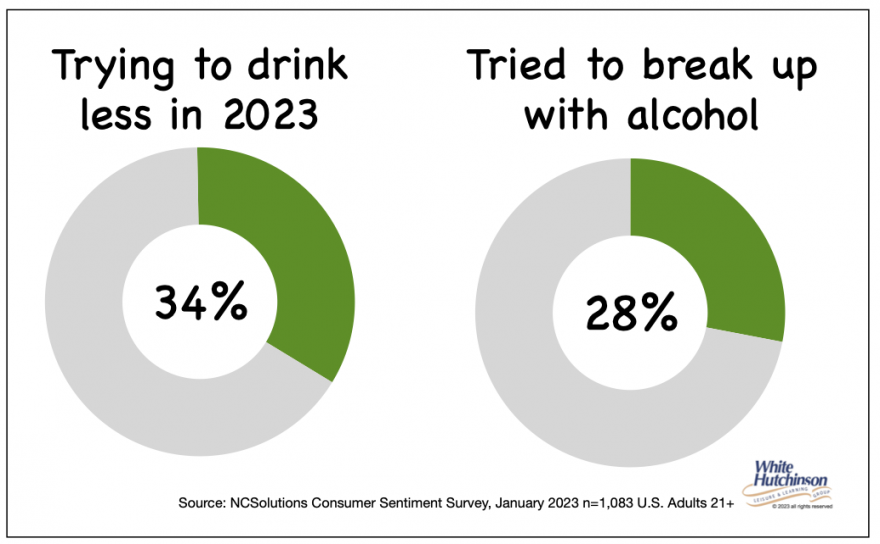
Roughly one-third of adults have tried alcohol-free beer, wine, or spirits.
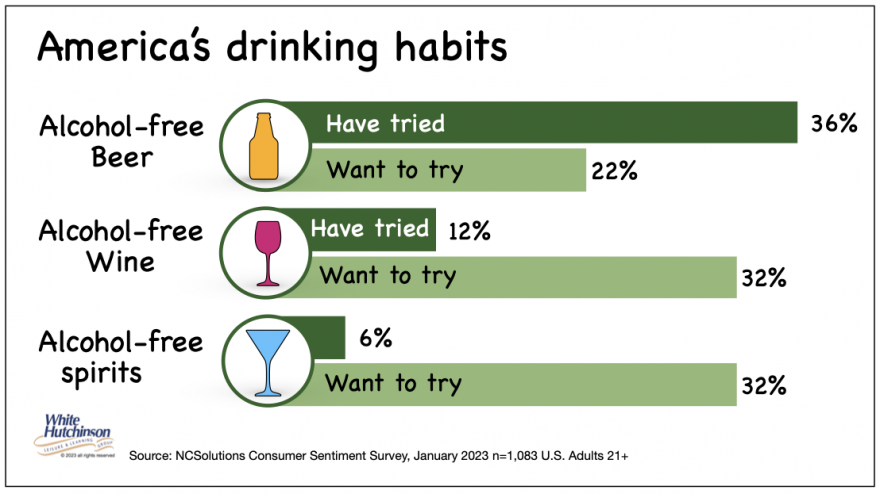
Younger adults under age 35 exhibit the most significant decline in the use of alcohol. Gallup's research this July found the percentage who say they drink has declined to 62% from 72% two decades ago.
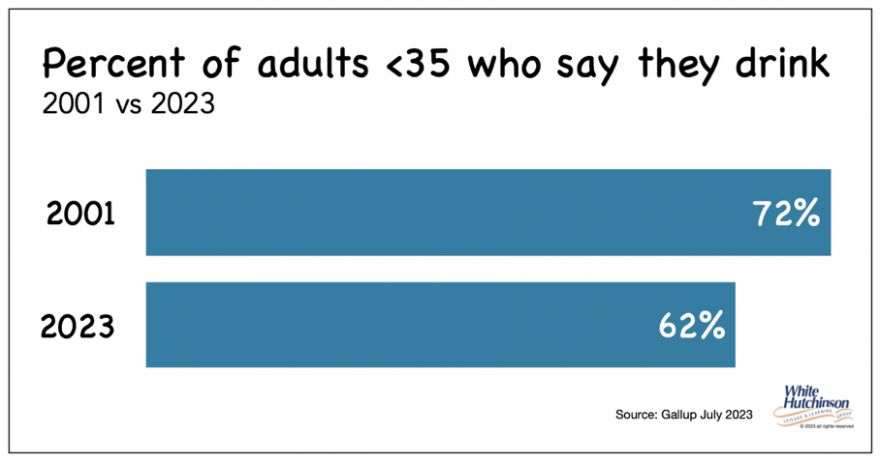
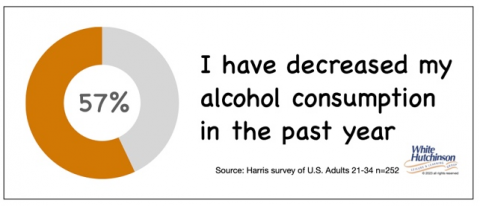
An October 2023 report by Harris found that more than half of 21- to 34-year-olds (57%) have decreased their alcohol consumption in the past year. This age group is a prime target market for most location-based entertainment venues. (LBEs).
Younger adults who drink are less likely than in the past to say they had an alcoholic drink within the past seven days, an indication of being a regular drinker. Fewer than four in ten now appear to be regular drinkers.
Additionally, fewer young drinkers today (22%) than in the 2000s or 2010s report say they sometimes drink "more than they think they should." Combined with the decline in the percentage of young people who ever drink, this means the rate of overdrinking among all 18- to 34-year-olds is now 13%, down from 21% in 2001-2003.
The decline in young adults' self-reported overdrinking is supported by the shrinking estimate of the number of drinks they had in the past seven days. This number has fallen from an average of 5.2 drinks in 2001-2003 to 3.6 drinks in 2021-2023.
One reason today's young adults are less likely to drink or to drink less than a decade or two ago is the "sober curious" movement. Possibly driven by a post-pandemic health-and wellness consciousness, more and more young adults are choosing to pursue sobriety or moderation for health and wellness reasons.
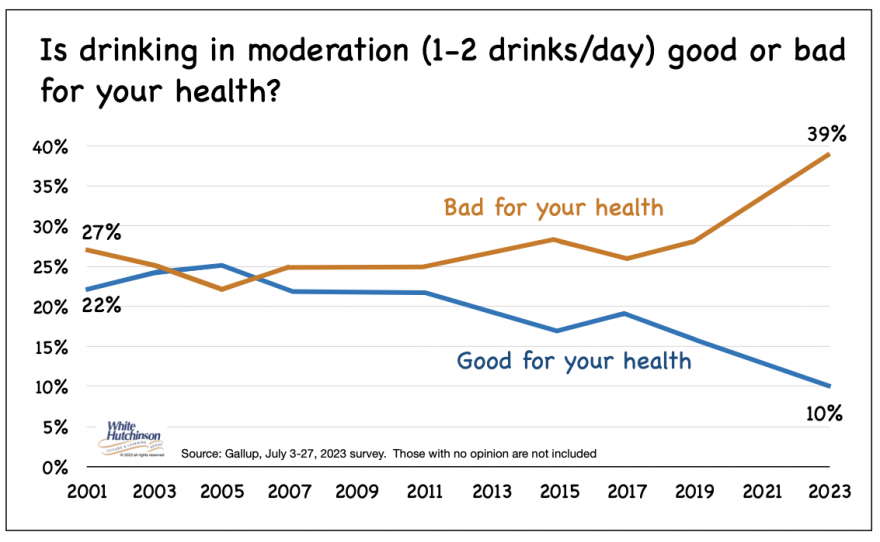
Young adults are particularly concerned that moderate drinking is unhealthy. 52% now hold that view, up from 34% five years ago. Women are more likely than men to perceive even moderate drinking as unhealthy.
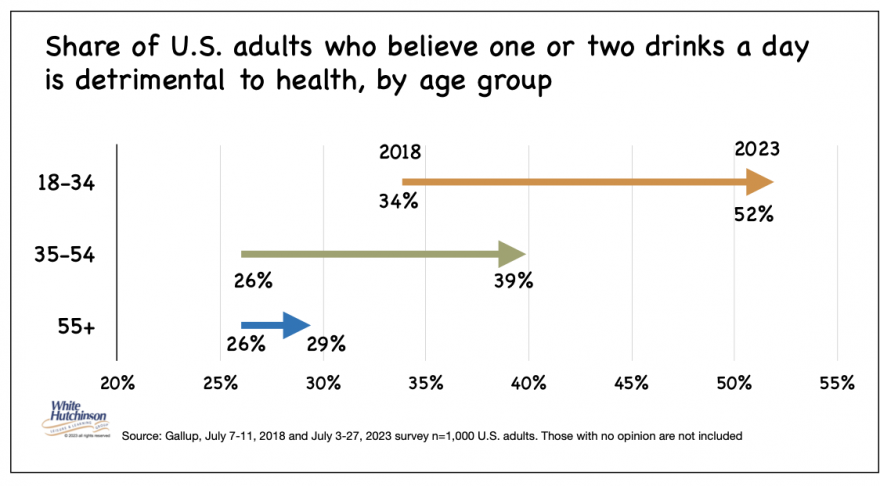
The decline in drinking goes hand-in-hand with other wellness trends young adults are driving, including vegetarian, flexitarian, and vegan diets.
With young adults' drinking behavior changing, there is more interest in mocktails and non-alcoholic drinks that appeal to sober-curious customers. Trend research by Datassential finds that there has been a +65% 12-month growth of mocktails on menus and a +146% 4-year growth of low-alcohol drinks on menus. They also found that "mocktails" no longer have negative consumer connotations. The hashtag #mocktails has over 1 billion views on TikTok. Mocktails made the top 10 of Yelp's 2023 Food Trends.
This is what Harris found in their October 2023 report for the frequency young adults drink alcoholic and mock-alcoholic beverages
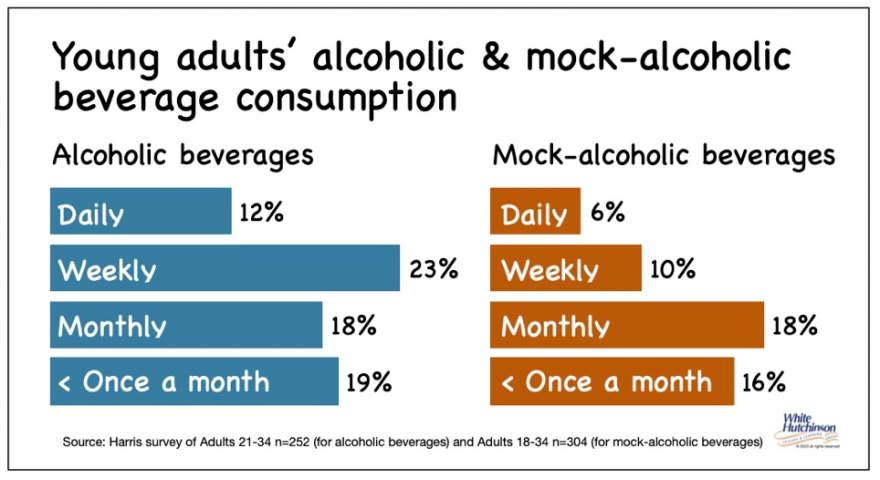
These are the reasons Harris found why young adults are drinking mock-alcoholic beverages.
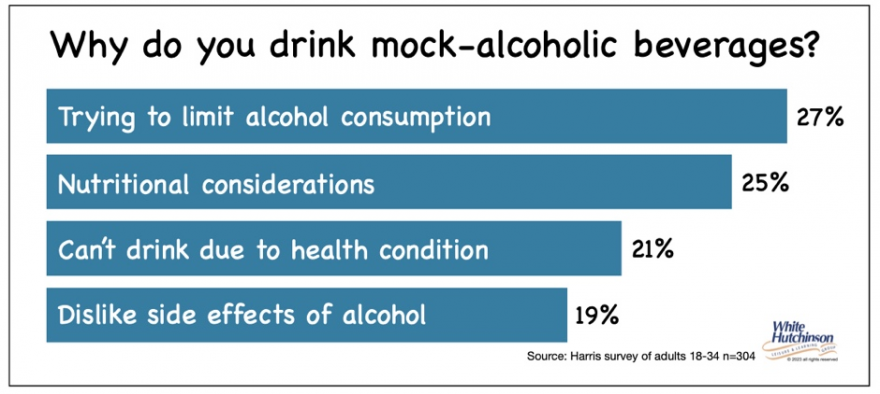
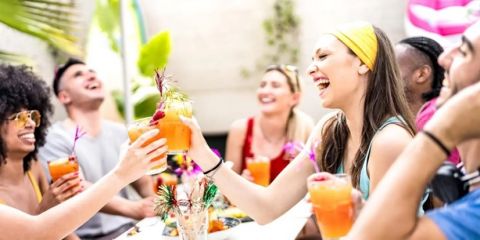
A key driver of the mocktail movement is the desire for inclusivity and social connection. For many people, drinking alcohol has been a socially sanctioned way to let loose and connect with others; but for non-alcoholic drinkers, it has been a barrier to socializing. Whether it's due to personal beliefs, health concerns, or simply not liking the taste, some people have felt excluded from the drinking culture. Contemporary mocktails allow these people to participate in social activities without feeling left out. It also allows people to enjoy a social night out without the danger of driving under the influence and the after effects of a hangover.
Mixologists and bartenders are experimenting with new ingredients, flavors, and techniques to create just as sophisticated and satisfying mocktails as their alcoholic counterparts. As part of the sober curious movement, the mocktail movement represents a cultural shift in how we think about drinking. It's not just about abstaining from alcohol; it's about embracing a new culture of drinking that celebrates inclusivity, flavor, creativity, and social connection.
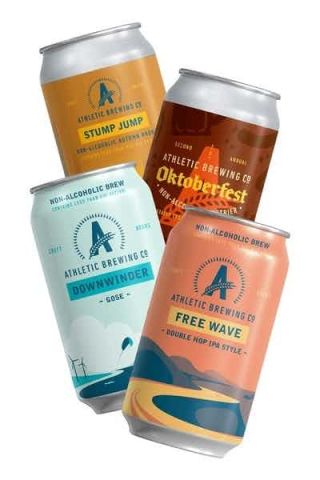
In addition to spirit-free cocktails, there's growing interest in low and no-alcoholic drinks, including beer and wine. As of last year, Athletic Brewing Company's non-alcoholic (NA) beer was the most sold beer at Whole Foods.
The restaurant industry is adapting to the growing sober-curious population segment by making their bars more appealing and accessible with non- and low-alcoholic offerings. This January, restaurant menu research firm Datassential found that 37% of consumers said they drink mocktails at least once per week, an increase from 21% the previous year, yet only 20% of restaurant operators were offering them.
Conspicuous teetotaling is having an impact on rock and pop concerts and music festivals. Concert attendees report they want to enjoy themselves and still be able to remember the music.
The Wall Street Journal reported this month, "Many concerts now are comparatively staid affairs, at least among the millennial and Gen Z patrons who dominate the audience at the hottest acts, and who don't have a lot of love for hangovers and regretful behavior.
"Music festivals are responding by offering more no-booze beverages. The Lollapalooza, Austin City Limits, and Bonnaroo festivals provide non-alcoholic drinks at every bar with names such as Rambler, Waterloo, and Liquid Death, according to C3 Presents, the concert promoter that represents them. Despite its fierce name, Liquid Death comes in sparkling water, mountain water, and iced tea, with flavorings from lime to mango. Tennessee's Bonnaroo even has a sober camping area called SoberRoo.
"Outside Lands for the first time this year included zero- or low-alcohol options at each of six bars in an outdoors zone called Cocktail Magic. The first alcohol-free drink, Heineken Zero, was offered there just two years ago. There were even two liquor-free types of wines for the first time in the "Wine Lands" section of Outside Lands, including one called Oddbird from beverage seller The Zero Proof."
Takeaway
With younger adults the target market for many LBEs, those venues that offer alcohol also need to offer a comprehensive and appealing selection of no- and low-alcoholic drinks, including appealing mocktails that can command a premium price. This is especially important for venues that offer a highly social experience, such as social gaming eatertainment venues (aka competitive socializing).
Subscribe to monthly Leisure eNewsletter
Vol. XXIII, No. 11, October 2023
- Editor's corner
- More on the end of the post-pandemic LBE surge
- Adults' favorite months
- Meta's latest development for the metaverse is getting really scary for LBEs
- The popularity of TikTok
- What's driving young adults' food choices
- Unique eatertainment concept to go public
- No, the family market is not the largest market
- Young adult drinkers sour on alcohol
- Some statistics about Topgolf
- Square feet of existing and planned location-based entertainment


